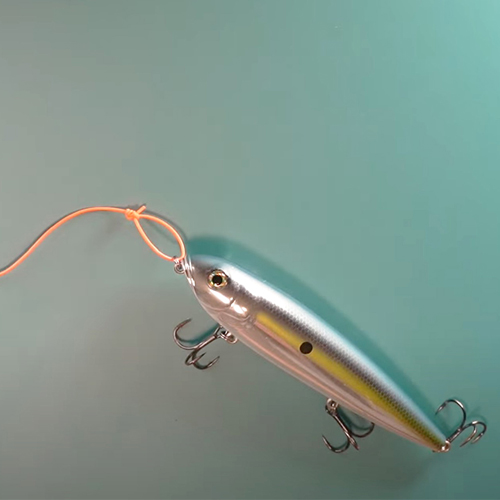Catching Black Sea Bass
If you’re learning how to fish, you may set your sights on one of the most rewarding saltwater fishing species to catch, black sea bass. Find out the best tips and tricks to hook them.
Black sea bass fishing can be quite the experience, where state-specific regulations shape your angling outing. Structured habitats along the Atlantic Coast, from wrecks to reefs, are ideal for catching these aggressive fish. Choose live or cut bait like squid for a successful outing. Explore the art of black sea bass fishing with our concise guide.
Black Sea Bass Management
When you’re fishing for sea bass, it’s important to pay attention to management plans of the species that vary by state. The recreational regulations can affect everything from bag limit to minimum size so familiarize yourself with the annually-adjusted guidelines. For instance, in Massachusetts, anglers can keep up to five per day of fish that are at least 15 inches long.
Where to Find Black Sea Bass
If you’re learning how to saltwater fish and live on the Eastern seaboard, you’ll likely set your sights on black sea bass at some point. Black sea bass are commonly found along North America’s Atlantic Coast. With warmer waters, they can now be found as far north as the Gulf of Maine all the way down to the Keys in Florida, migrating as the temperature changes.
The species is typically associated with structured habitats on rocky bottoms at depths greater than 20 feet. They are often found near such structures as wrecks, reefs, rock pilings, and jetties, so knowing how to catch sea bass from shore is essential to increasing your catch rates. Use navigational aids like paper charges or software to find marked reefs, although unmarked often hold more promise.
The Best Bait for Sea Bass
Whether you’re a beginner or pro, when mastering how to fish for black sea bass, one of the most critical elements is understanding the right bait to use with these aggressive fish. And the answer? Definitely opt for live or cut bait. Since sea bass are bottom feeders, it’s best to choose natural bait like squid, mussels, clams, and crabs.
Effective Tackle When Fishing for Sea Bass
Even though they can reach up to 10 pounds in weight and they fight well, with black sea bass, you can get away with using pretty basic gear. Use a medium-weight rod that’s 7 feet long. Use a reel with a 20-30 pound fused, mono or braided line. Some anglers use diamond jigs, but many prefer a two-hook bait rig, although there aren’t many lures that a bass won’t strike.
Catching and Releasing
They may be hard fighting but black sea bass can be pretty easy to catch, so many individuals learning how to fish for black sea bass practice the sustainable method of catch and release to enjoy the sport of hooking these fish. To make sure the fish survive after release, use sharp hooks without barbs and remove them quickly to prevent tissue damage. And be sure to wet your hands before touching the fish.
Preserving Black Sea Bass on Board
Black sea bass is one of the tastiest fish species to eat. If you plan to enjoy black sea bass as a meal, it’s important to preserve the fish properly. First, be sure to bleed out the fish as soon as you catch it. After using a sharp knife or gill raker, place the bleeding fish into a buck of sea water to make sure all the blood drains out of it. After the bass bleeds out completely, make sure to keep it on ice or in a bath of ice and sea water until you arrive home.
KEEP LEARNING

How to Tie the Non-Slip Loop Knot
The non-slip loop knot is a popular and reliable choice for securing hooks, lures, and other tackle to your fishing line.
LEARN MORE

Socials
Take me fishing social media links
LEARN MORE

TakeMeFishing x Teen Vogue
Join us on a creative journey as fashion designer Ahmrii Johnson walks us through her collaborative vision and process with Teen Vogue and fashion brand, Rentrayage, to create a special piece.
LEARN MORE


.png?lang=en-US&ext=.png)